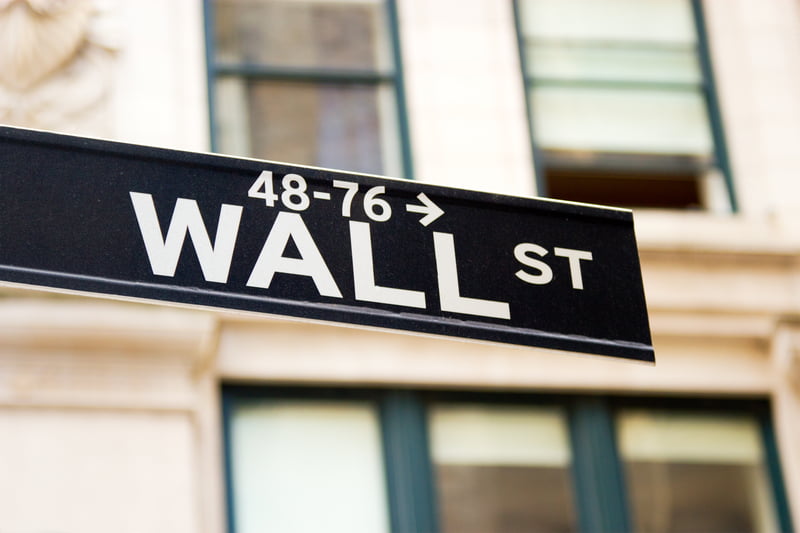Lehman Brothers, Merrill Lynch, Bank of America, JP Morgan Chase, Countrywide, Goldman Sachs… these are a few of the financial institutions that helped plunge the country into the 2008 Great Recession. Many of them went bankrupt or were bought by other companies, and some are still paying for their misdeeds.
The U.S. Justice Department recently announced a $5.06 billion settlement with Goldman Sachs over their dishonest conduct in 2005-2007. During this time, employees of the investment firm misled investors — including institutions insured by the federal government — about the quality of the residential mortgage-backed securities (RMBS) they bundled and sold on the bond market.
Goldman Sachs did not originate these mortgages. But it did knowingly sell securities that were backed by high-risk residential mortgages, while falsely assuring the buyers who purchased these securities they were backed by good mortgages, whose owners were “unlikely” to default. Like a game of hot potato, when the housing market went bust, the investors who had purchased bad RMBS’s lost big time.
The investment firm has been involved in several settlements throughout the 2000s and 2010s. Most notably, in 2010 the Security Exchange Commission (SEC) settled with the firm for $550 million due to bets Goldman Sachs made against the housing market in 2007. They reportedly chose and bundled the mortgage-backed securities most likely to default, then purposely sold them to investors.
No executives in charge at the time have been charged with criminal activities.
Don’t get excited, California
Where is this settlement cash going?
California’s Office of the Attorney General will receive $10 million. There’s no official word on where this money will go, but the settlement specifies the full amount will be used to “remediate harms to the State.” Thus, much like other settlements California has participated in, homeowners in the state will see little benefit.
$865 million will go to other state and federal entities.
$1.5 billion will be put toward consumer relief. Goldman Sachs has agreed to put some of the consumer relief money toward financing low- or middle-income housing, including rentals and for-sale units. It will also use this money to grant loan modifications and loan forgiveness to distressed and underwater homeowners, primarily through the Making Home Affordable Program, which includes the Home Affordable Modification Program (HAMP).
If that doesn’t let the wind out of your sails, you may not know much about HAMP.
At the end of 2015, less than one million homeowners had been assisted through HAMP, nationwide. When it was initiated in 2009, HAMP was intended to aid four million homeowners. The main reason HAMP failed to meet its goal? It was not due to a lack of funding, which would be solved by Goldman Sachs’ cash settlement. The problem is lenders can choose whether to participate, and many don’t.
This settlement seems to be more about punishing Goldman Sachs than helping homeowners. If this serves to prevent future fraud by investment firms, then fine. But with first quarter revenue in 2016 totaling over $6.3 billion for Goldman Sachs — actually a relatively low number for the firm — the punishment won’t make much of a dent in their long-term strategy. We can only hope that strategy doesn’t involve more shady activity…















Everyone sold the mortgage backed securities as always, relying on the originators to have qualified the borrowers. Fannie, Freddie and all the rest of the governmental agencies that are supposed to set the underwriting guidelines threw them out the window during the bubble period. Fannie and Freddie (Feds) created the bubble by putting easy money into too many buyers hands. Which in turn caused the product (homes) to increase in value. Then they had the banks bundle the loans and sell them as always. If you want to make a claim that the banks knew the securities were no good, or had bad loans in them, then you have to say that Fannie and Freddie knew there were bad loans in the bundled securities as well. In fact Fannie and Freddie created the entire bubble and guaranteed bad loans with our tax dollars. Starting with Barney Frank and Dodd, and the rest of the federal players, they should all be in jail.
For the sake of all of us, the quality of the loans has to be maintained – for which the Feds (liberal democrats) are at fault for not doing. To blame the banks, and not the entities that set the standards and guarantee the loans, is ludicrous. Loans like these cannot be made any longer because the standards have been put back in place by the Feds. Why did they remove the standards and create the havoc ? Political Policy from the Left – everyone should have a home feel good left wing policy – plain and simple. This is precisely why you cannot have the government in the free market, setting policy. A banker will not make a bad loan if he has to eat it.
Moe Stelzmiller